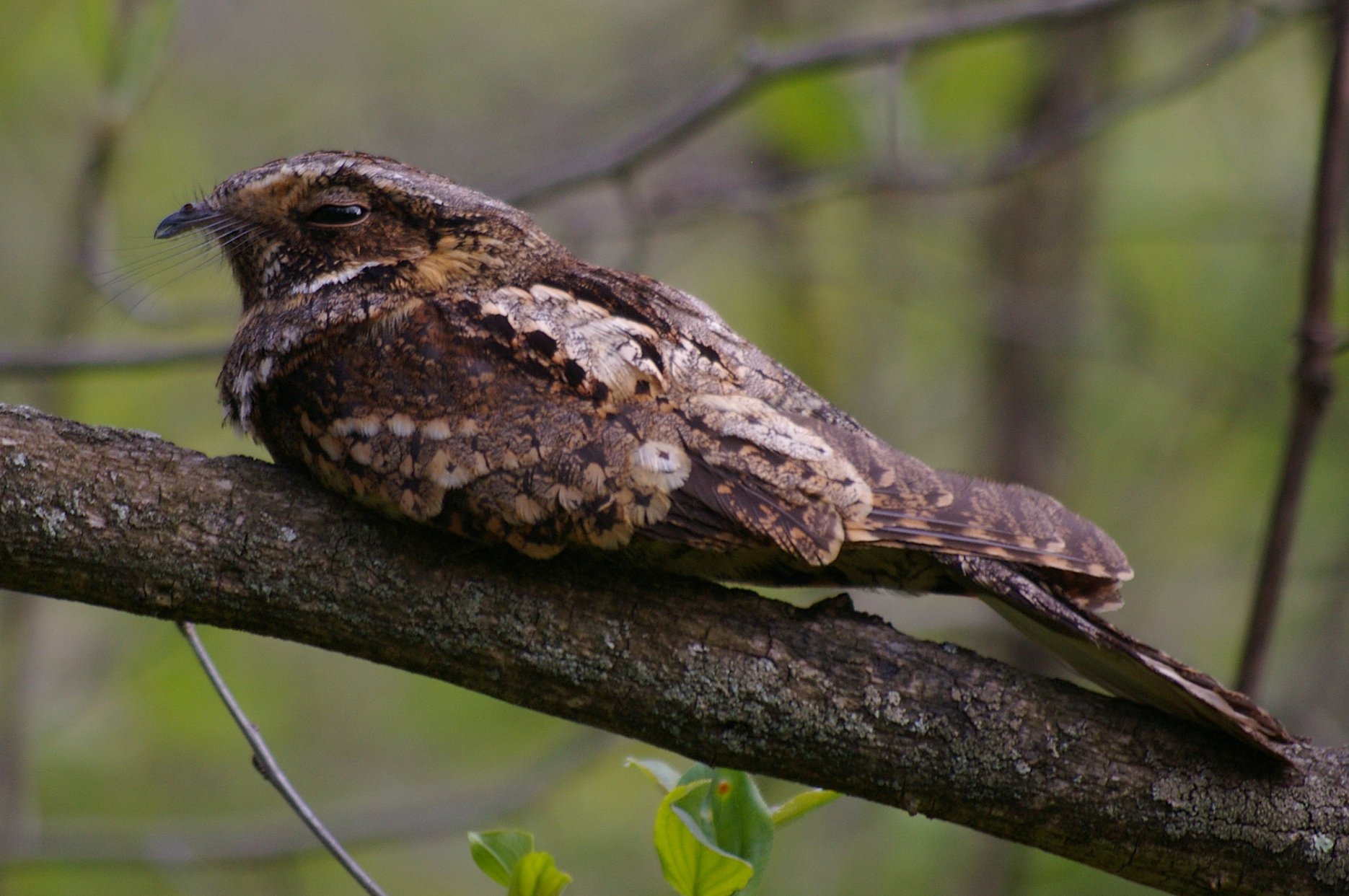In the depths of the North American forests, a mysterious creature awakens as the sun dips below the horizon, filling the night with its haunting call. The Eastern Whip-Poor-Will, a nocturnal bird shrouded in enigma, is a captivating denizen of the woodlands that has intrigued both naturalists and night owls for generations.

The Eastern Whip-Poor-Will (Antrostomus vociferus) is a medium-sized bird that belongs to the nightjar family. These birds have cryptic plumage, which serves as excellent camouflage against the forest floor. Their mottled brown and gray feathers resemble the dappled leaves and shadows of their woodland habitat, allowing them to blend seamlessly into their surroundings. They possess large, dark eyes that are adapted for night vision, enhancing their ability to navigate in the darkness.

These birds are predominantly found in the eastern part of North America, from the southern provinces of Canada down to the Gulf of Mexico. They inhabit a range of forested habitats, including deciduous and mixed forests, as well as woodland edges and clearings.
The most distinctive feature of the Eastern Whip-Poor-Will is its vocalization. Its name is derived from the incessant and rhythmic call it emits during the breeding season. The whip-poor-will’s song consists of a series of three-part repetitions of its name, creating a hypnotic “whip-poor-will, whip-poor-will, whip-poor-will” refrain that can be heard throughout the night. This call serves multiple purposes, including attracting mates and establishing territory. While it might be enchanting to some, it can be a sleep-depriving symphony for those who reside near their habitat.

Eastern Whip-Poor-Wills are true night dwellers. They are crepuscular and nocturnal, meaning they are most active during the twilight hours and throughout the night. During the day, they roost on the forest floor, where their camouflaged plumage conceals them from potential predators. Their large, gaping mouths are lined with bristles, which aid in capturing flying insects on the wing, including moths, beetles, and other nocturnal insects. These birds are incredibly skilled at catching prey in mid-air, thanks to their swift and agile flight.
While the Eastern Whip-Poor-Will is not currently classified as an endangered species, its population has faced declines in recent years. Habitat loss due to urbanization and agriculture, as well as the use of pesticides, have all contributed to their decline. Conservation efforts are underway to protect and restore their woodland habitats.

The Eastern Whip-Poor-Will, with its haunting call and mysterious nocturnal habits, is a remarkable and enigmatic bird of North America’s forests. While its presence may keep some awake at night, it adds a touch of magic to the wilderness, reminding us of the hidden wonders that can be found in the dark corners of the natural world. Preserving their habitats and understanding their behaviors is crucial to ensuring that future generations can continue to be captivated by the enigmatic Eastern Whip-Poor-Will.


